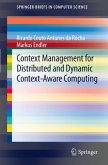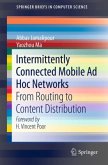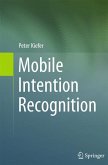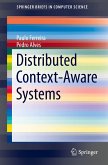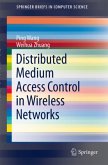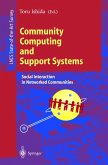We make complex decisions every day, requiring trust in many different entities for different reasons. These decisions are not made by combining many isolated trust evaluations. Many interlocking factors play a role, each dynamically impacting the others. In this brief, "trust context" is defined as the system level description of how the trust evaluation process unfolds.
Networks today are part of almost all human activity, supporting and shaping it. Applications increasingly incorporate new interdependencies and new trust contexts. Social networks connect people and organizations throughout the globe in cooperative and competitive activities. Information is created and consumed at a global scale. Systems, devices, and sensors create and process data, manage physical systems, and participate in interactions with other entities, people and systems alike. To study trust in such applications, we need a multi-disciplinary approach. This book reviews the components of the trust context through a broad review of recent literature in many different fields of study. Common threads relevant to the trust context across many application domains are also illustrated.
Illustrations in the text © 2013 Aaron Hertzmann. www.dgp.toronto.edu/~hertzman
Networks today are part of almost all human activity, supporting and shaping it. Applications increasingly incorporate new interdependencies and new trust contexts. Social networks connect people and organizations throughout the globe in cooperative and competitive activities. Information is created and consumed at a global scale. Systems, devices, and sensors create and process data, manage physical systems, and participate in interactions with other entities, people and systems alike. To study trust in such applications, we need a multi-disciplinary approach. This book reviews the components of the trust context through a broad review of recent literature in many different fields of study. Common threads relevant to the trust context across many application domains are also illustrated.
Illustrations in the text © 2013 Aaron Hertzmann. www.dgp.toronto.edu/~hertzman
From the reviews:
"The author achieves a brilliant equilibrium of various terms in a relatively small volume, making it very easy to read. Readers can easily understand various trust issues and the modeling of trust context elements. ... I found this book a valuable contribution to the literature in social, computer, and information sciences. It certainly will make interesting reading for researchers, students, and professionals in fields such as online and viral marketing, public relations, news agencies using social networks, and information services." (F. J. Ruzic, Computing Reviews, February, 2014)
"The author achieves a brilliant equilibrium of various terms in a relatively small volume, making it very easy to read. Readers can easily understand various trust issues and the modeling of trust context elements. ... I found this book a valuable contribution to the literature in social, computer, and information sciences. It certainly will make interesting reading for researchers, students, and professionals in fields such as online and viral marketing, public relations, news agencies using social networks, and information services." (F. J. Ruzic, Computing Reviews, February, 2014)



